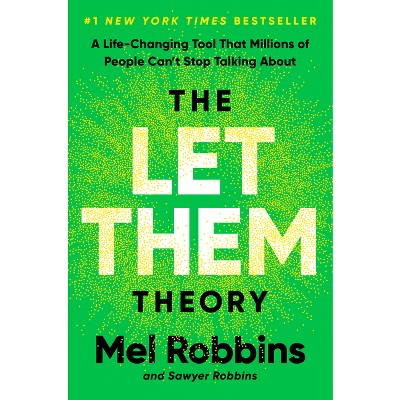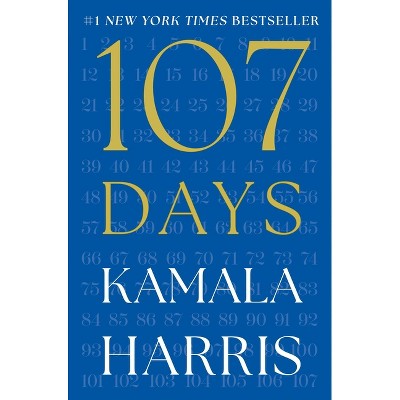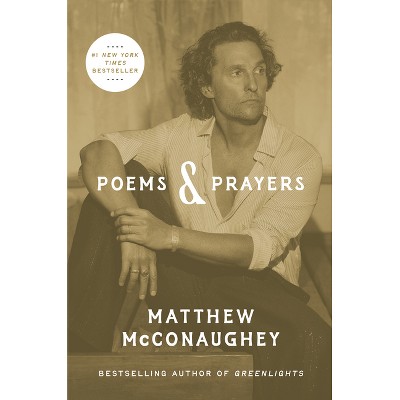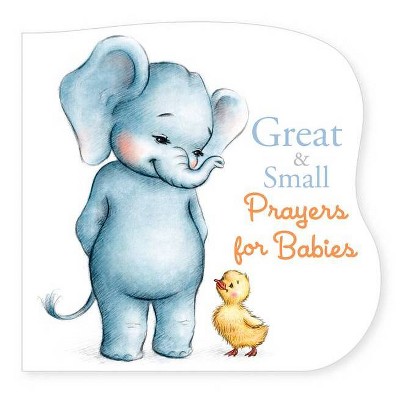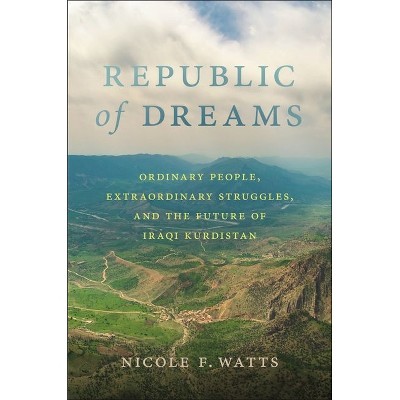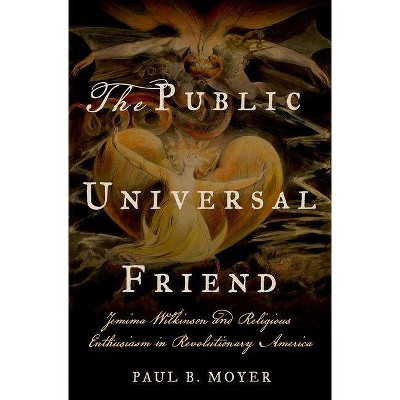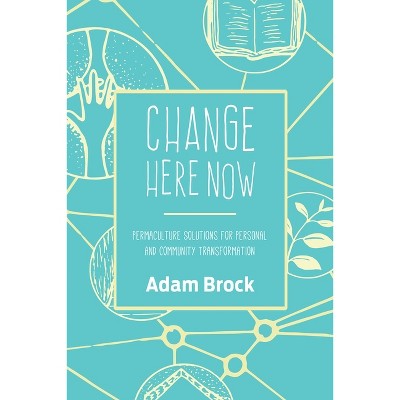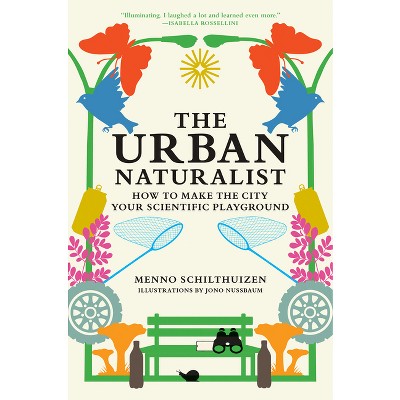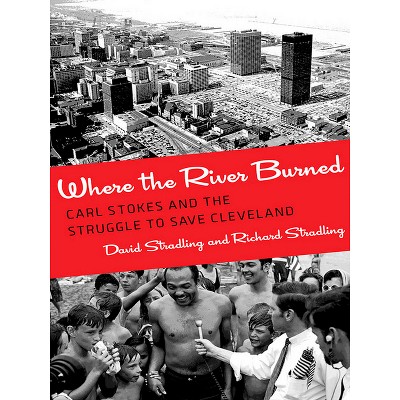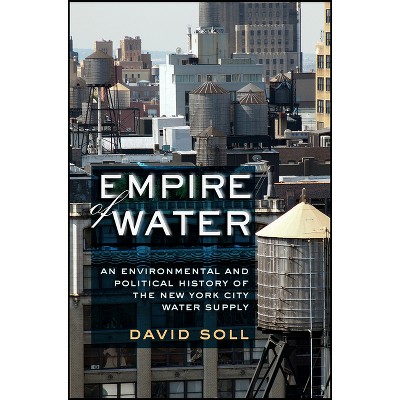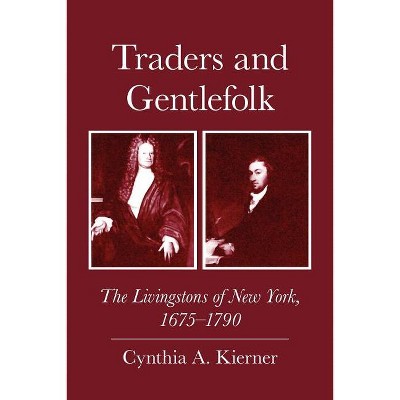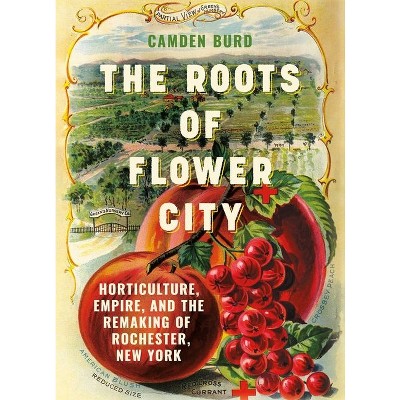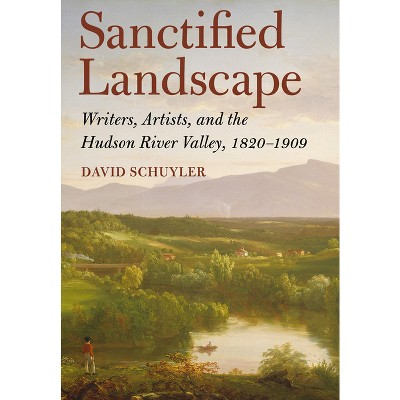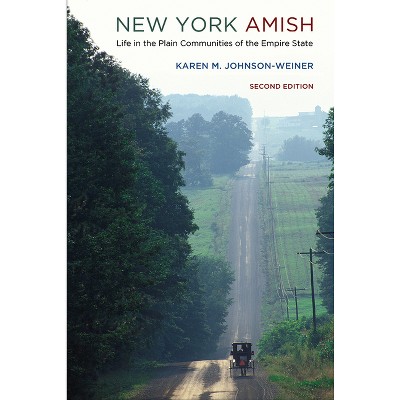Sponsored

The Nature of New York - by David Stradling (Hardcover)
In Stock
Sponsored
About this item
Highlights
- From the arrival of Henry Hudson's Half Moon in the estuarial waters of what would come to be called New York Harbor to the 2006 agreement that laid out plans for General Electric to clean up the PCBs it pumped into the river named after Hudson, this work offers a sweeping environmental history of New York State.
- About the Author: David Stradling is Associate Professor of History at the University of Cincinnati.
- 296 Pages
- History, United States
Description
About the Book
Stradling shows how New York's varied landscape and abundant natural resources have played a fundamental role in shaping the state's culture and economy.Book Synopsis
From the arrival of Henry Hudson's Half Moon in the estuarial waters of what would come to be called New York Harbor to the 2006 agreement that laid out plans for General Electric to clean up the PCBs it pumped into the river named after Hudson, this work offers a sweeping environmental history of New York State. David Stradling shows how New York's varied landscape and abundant natural resources have played a fundamental role in shaping the state's culture and economy. Simultaneously, he underscores the extent to which New Yorkers have, through such projects as the excavation of the Erie Canal and the construction of highways and reservoir systems, changed the landscape of their state.
Surveying all of New York State since first contact between Europeans and the region's indigenous inhabitants, Stradling finds within its borders an amazing array of environmental features, such as Niagara Falls; human intervention through agriculture, urbanization, and industrialization; and symbols, such as Storm King Mountain, that effectively define the New York identity.
Stradling demonstrates that the history of the state can be charted by means of epochs that represent stages in the development and redefinition of our relationship to our natural surroundings and the built environment; New York State has gone through cycles of deforestation and reforestation, habitat destruction and restoration that track shifts in population distribution, public policy, and the economy. Understanding these patterns, their history, and their future prospects is essential to comprehending the Empire State in all its complexity.
Review Quotes
A focused, accessible, and comprehensive environmental history. The bibliographic essay is particularly helpful and the text is well-complemented by 12 color plates and 30 figures and maps. The narrative flows as swiftly as any Catskills mountain stream.
--Lawrence C. Swayne "Kaatskill Life"In what proved to be a brilliant paring of project and author, Cornell University Press invited David Stradling to write 'an accessible, comprehensive environmental history of New York State.' The resulting book stands as an exemplary stae-focused history. It is also a book brimming with insights into the complex relationship between technology and the environment... an outstanding work of environmental history.
--Jeffrey K. Stine "Technology and Culture"Stradling examines virtually every major environmental issue in U.S. history from the point of view of how it played out in the state of New York. In some cases, the environmental actions of such New York men as the Roosevelts and Bob Marshall of The Wilderness Society influenced the whole country.... Stradling's scope runs from the effects of the Erie Canal in producing the market revolution to the pollution by chemical industries that caused the Love Canal crisis.... This accessible, gracefully written book meets its goal and will be especially useful for students of New York history.
-- "Choice"About the Author
David Stradling is Associate Professor of History at the University of Cincinnati. He is the author of Making Mountains: New York City and the Catskills and Smokestacks and Progressives: Environmentalists, Engineers, and Air Quality in America, and the editor of Conservation in the Progressive Era: Classic Texts.
Shipping details
Return details
Frequently bought together
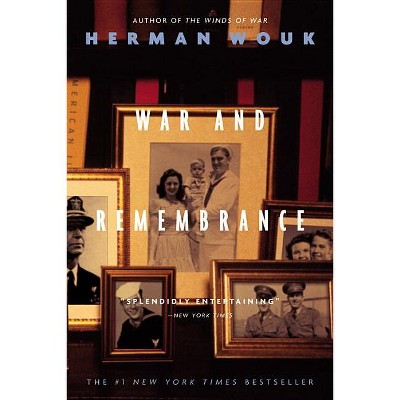
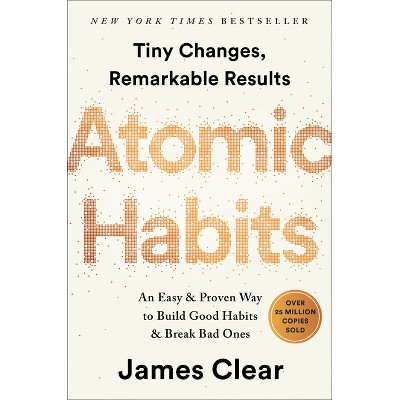
Trending Non-Fiction
